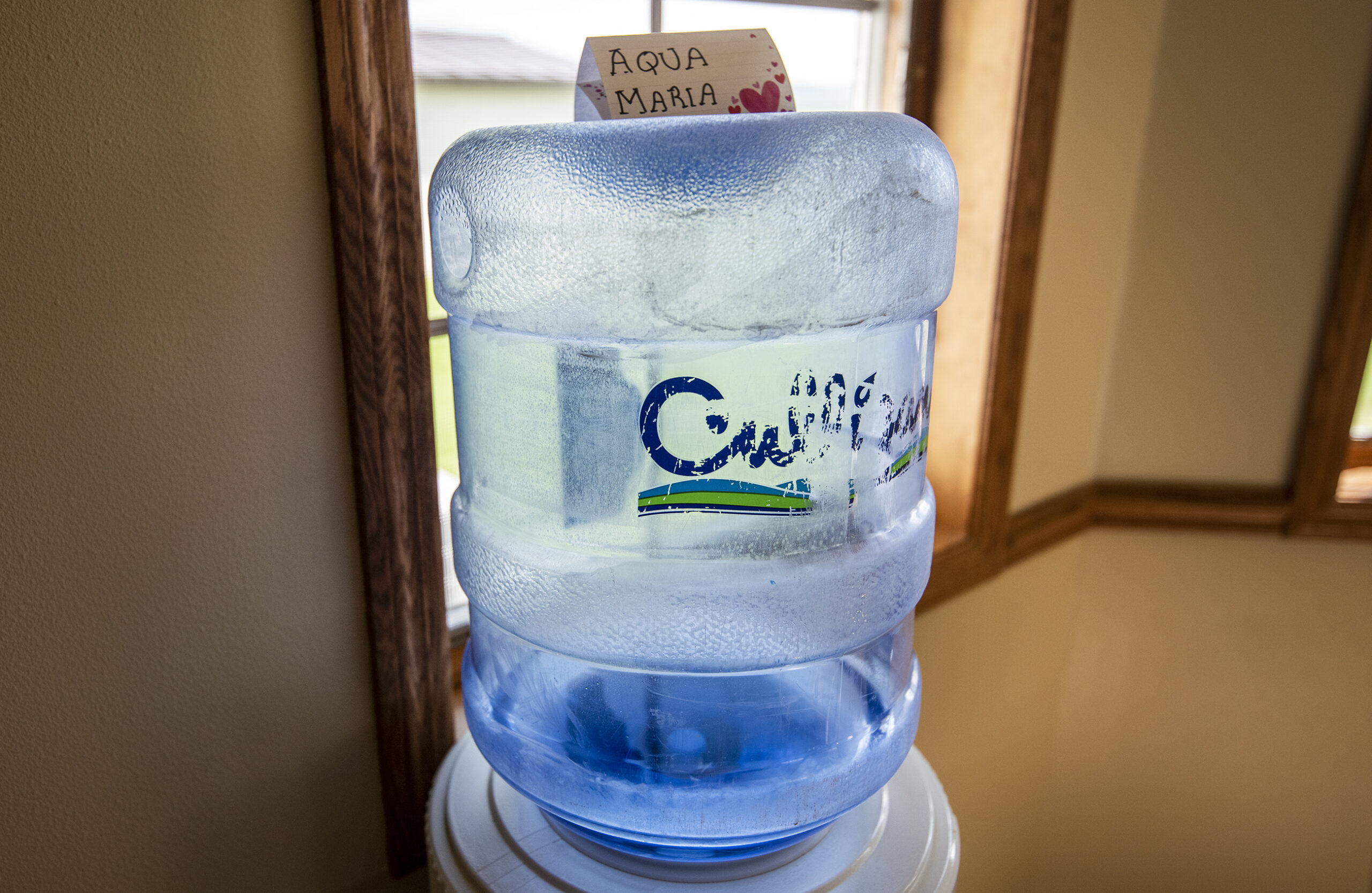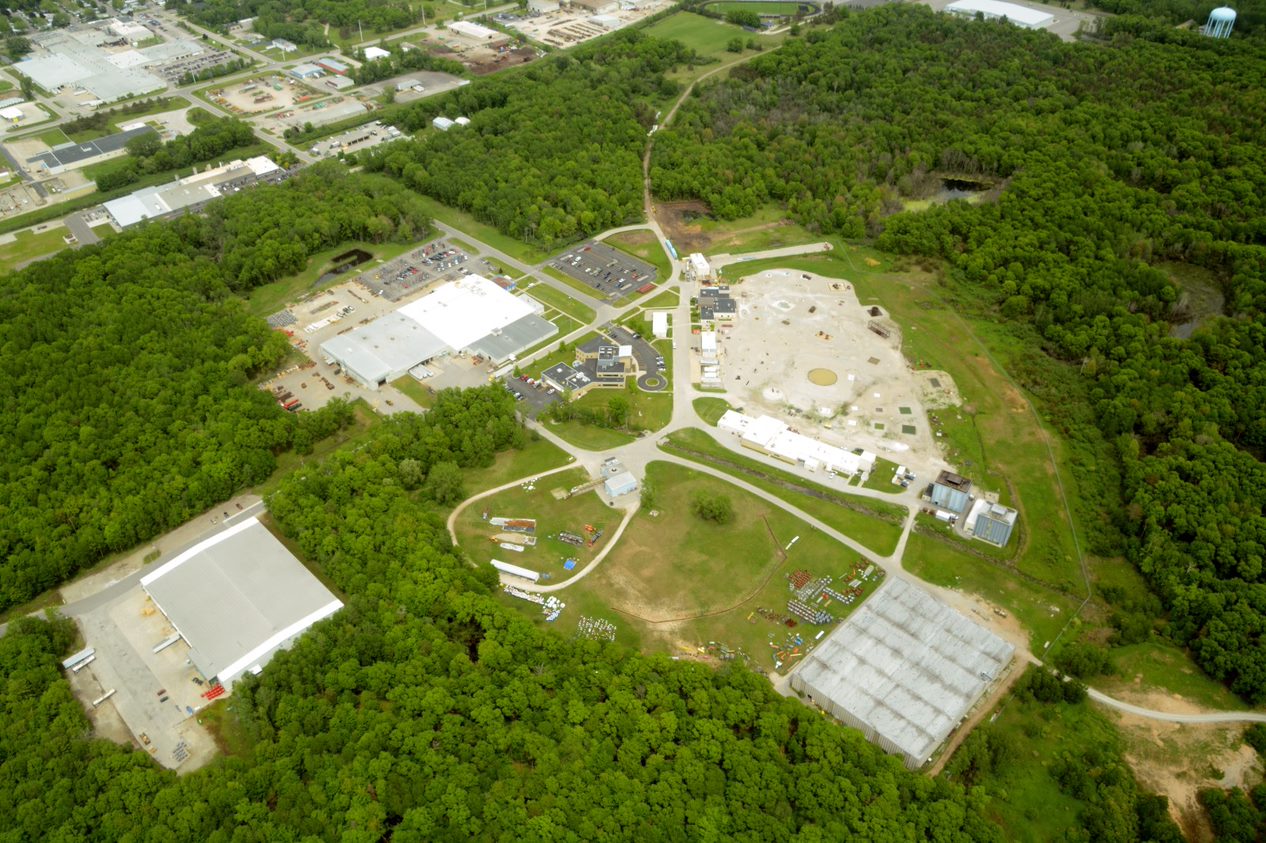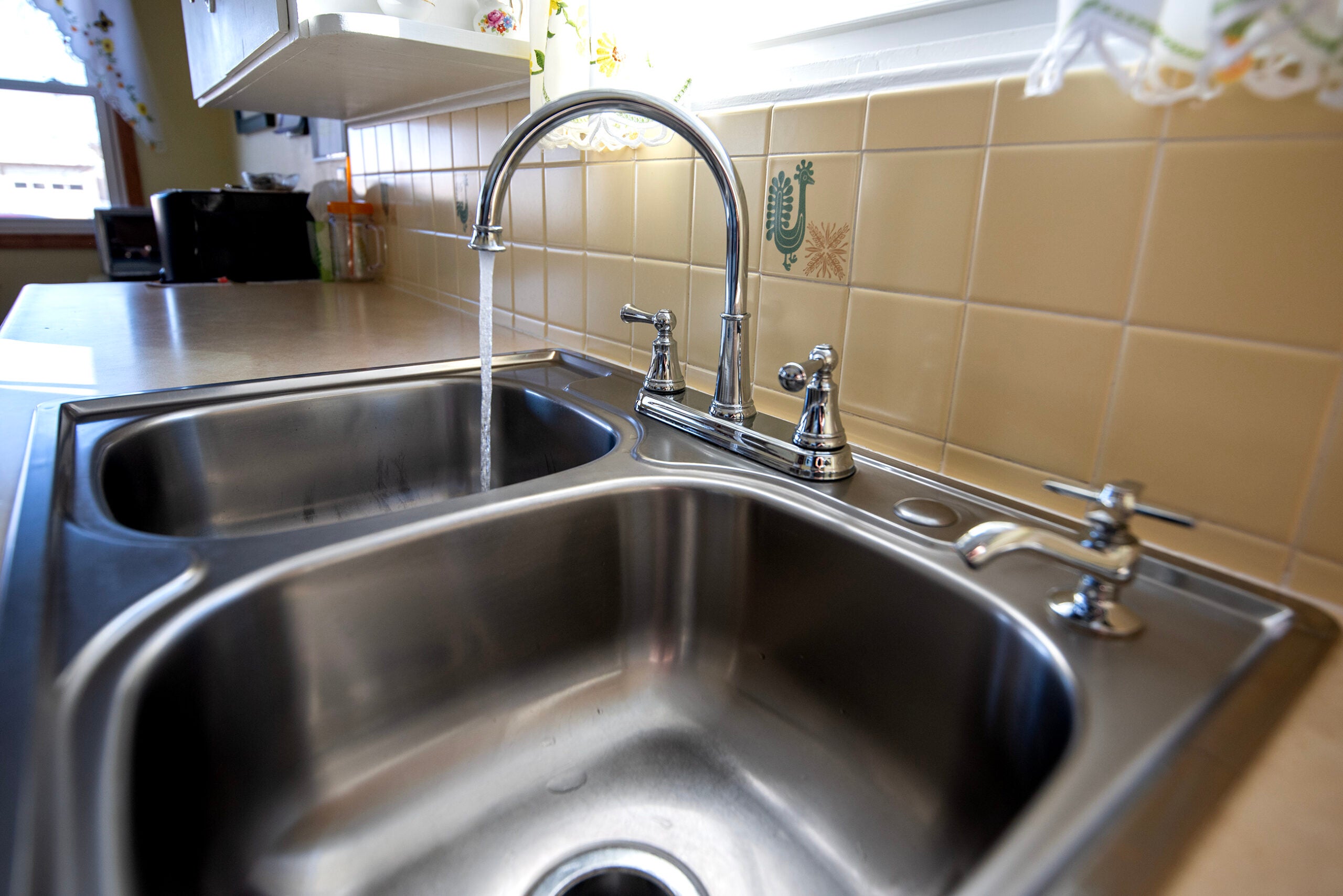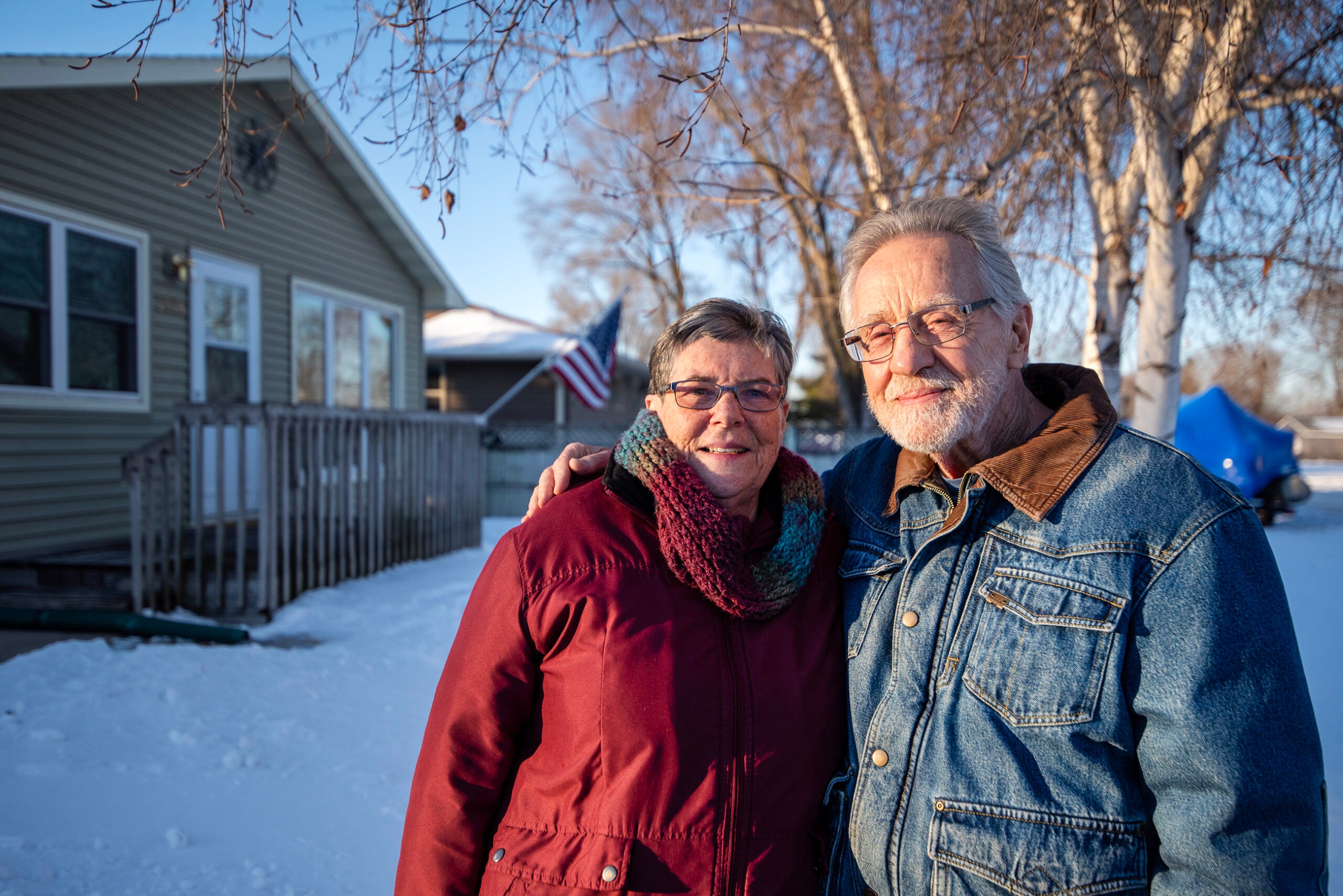It’s been two years since the state Department of Health Services issued an interim drinking water health advisory for French Island because of widespread PFAS contamination found in private wells.
The island sits between the Mississippi and Black rivers and is home to the Town of Campbell, as well as part of the city of La Crosse and the La Crosse Regional Airport. Officials believe the chemicals came from the use of firefighting foam at the airport, but an investigation into the contamination is ongoing.
Lee Donahue, a member of the town’s board of supervisors, said the March 2021 water advisory was a pivotal moment in the town’s fight to recognize the full extent of PFAS contamination on the island.
News with a little more humanity
WPR’s “Wisconsin Today” newsletter keeps you connected to the state you love without feeling overwhelmed. No paywall. No agenda. No corporate filter.
But the day-to-day life for island residents hasn’t changed much in the last two years. People are still relying on five gallon water jugs for drinking, cooking and washing dishes. Donahue said the containers are cumbersome to manage, but they’ve become a fixture in Campbell homes.
“They’re in your dining room, they’re in your kitchen, they’re in your laundry room,” she said, “It’s wherever you can bring them into your house as close to your dispenser as possible.”
Donahue said the community continues to take the health threats associated with drinking PFAS-contaminated water seriously. The Polyfluoroalkyl substances have been linked to several adverse health effects, increased high cholesterol and increased risks of cancer and thyroid disease.
Donahue said the threat has weighed on some residents, even the kids in the Boy Scout Troop she helps lead.
“Recently I took scouts to a winter camp outside of our area and as they were getting ready to make spaghetti for dinner that night, the first thing they said when they walked over to the faucet was ‘Lee, is this safe water to use?’” she said. “Every time they turn on a faucet now, they are considering, is this water safe?”
When asked if the water problems have had an impact on whether people want to live in the town, Donahue said it’s up to individuals to decide if the good parts of their community outweigh the bad.
“We know that we will not be drinking bottled water for 10 or 20 years or the rest of people’s lives. We know that this is just an interim, and we’ve been working really hard to figure out what the long term solution is going to be,” she said.
Campbell looks toward municipal water system, but cost of the project looms large
Since the advisory was issued in 2021, the state Department of Natural Resources has been providing bottled water to the more than 1,400 residences on the island. As of March 13, the effort had cost the state $770,000.
Dave Rozeboom is regional supervisor for the remediation and redevelopment program at the state Department of Natural Resources. He said it’s not uncommon to see a drinking water advisory last for this long, but it is usual to see it affect such a large area.
“We’re not at a point where we can say there’s no longer a risk,” Rozeboom said. “So this drinking water advisory will remain in place until that’s been determined.”
Donahue and other town leaders hope the solution will be an independent municipal water system, a project that is estimated to cost up to $25 million.
In February, an engineering firm hired by the town drilled a test well into a deeper aquifer that sits beneath the one currently used by the island’s private wells. Donahue said they’re testing the water for contaminants, and they’re analyzing the rock and soil between the two aquifers to make sure contamination can’t pass through.
“We’re tapping into an ancient inland river,” she said. “Tens of thousands of years ago, human activities didn’t have a way to contaminate that river.”
Donahue said they hope to have all the test results back by mid-April and make a decision on whether to proceed with the project. If it works, she said an engineer estimated that construction on the municipal system could start in one to three years.
But paying for the new water system is another problem for the town of about 4,300 residents. Campbell received $1.6 million in the federal spending bill for 2023, which Donahue said will help pay for the engineering work needed for the system. She said the town is also hoping to tap into funds from the federal Bipartisan Infrastructure Law passed in 2021 and through the state’s Safe Drinking Water and Clean Water funds.
“It’s become a full time job. I spend the majority of my days in meetings with the state, with the county, with federal legislators, with the EPA (Environmental Protection Agency), the Board of Natural Resources and other environmental groups,” she said. “It’s a lot, but it takes collaboration at all of those levels.”
Current investigation, future remediation for PFAS on French Island likely won’t cover all households
The DNR named the city of La Crosse and the city’s airport as the responsible party for the initial PFAS investigation that led to the discovery of the widespread contamination. But Rozeboom said that responsibility only covers an area south and southeast of the airport where officials have traced the groundwater flow through monitoring wells.
“If the site investigation leads us to believe that they are responsible for impacts outside of that area, then they will become responsible for that as well. But at this point, the site investigation hasn’t led us there,” he said.
For the affected residents outside that area, Rozeboom said, environmental officials are “at the very leading edge of our understanding of PFAS” and are still working out what the next step could be.
“We’re not at a point yet where we can assign responsible party status to anybody else. We’re learning what industries have used PFAS, what other potential sources could be out there,” he said.
Rozeboom said it’s hard to say how long it will take to complete the site investigation or what kind of remediation La Crosse will be required to complete. He said that’s partly due to the fact that the industry is still developing new types of remedial actions to deal with the “forever chemicals”.
It’s not the only development around PFAS that is currently in the works. In March, the EPA proposed limiting PFAS in drinking water to the lowest levels they can be measured. The proposed standards for the two most widely studied PFAS chemicals, PFOA and PFOS, are more than 17 times lower than Wisconsin’s drinking water standard that took effect last summer.
Donahue said it’s encouraging to see a growing awareness about the impact and prevalence of the contaminants. And even though she’s still drinking bottled water after two years, Donahue said she is confident the Town of Campbell will keep moving toward a solution.
“It’s been a hard fight in a lot of ways, but I believe it will be a success story,” she said. “I believe the day will come when I can turn on my tap and I can safely drink from it again and my 4,299 neighbors will also be able to do the same thing.”
Wisconsin Public Radio, © Copyright 2025, Board of Regents of the University of Wisconsin System and Wisconsin Educational Communications Board.






